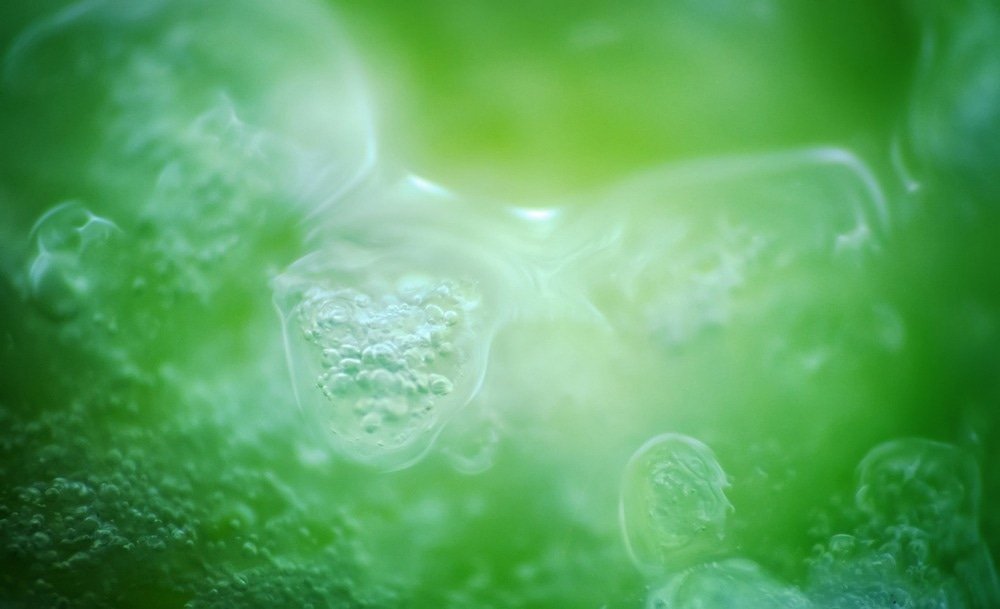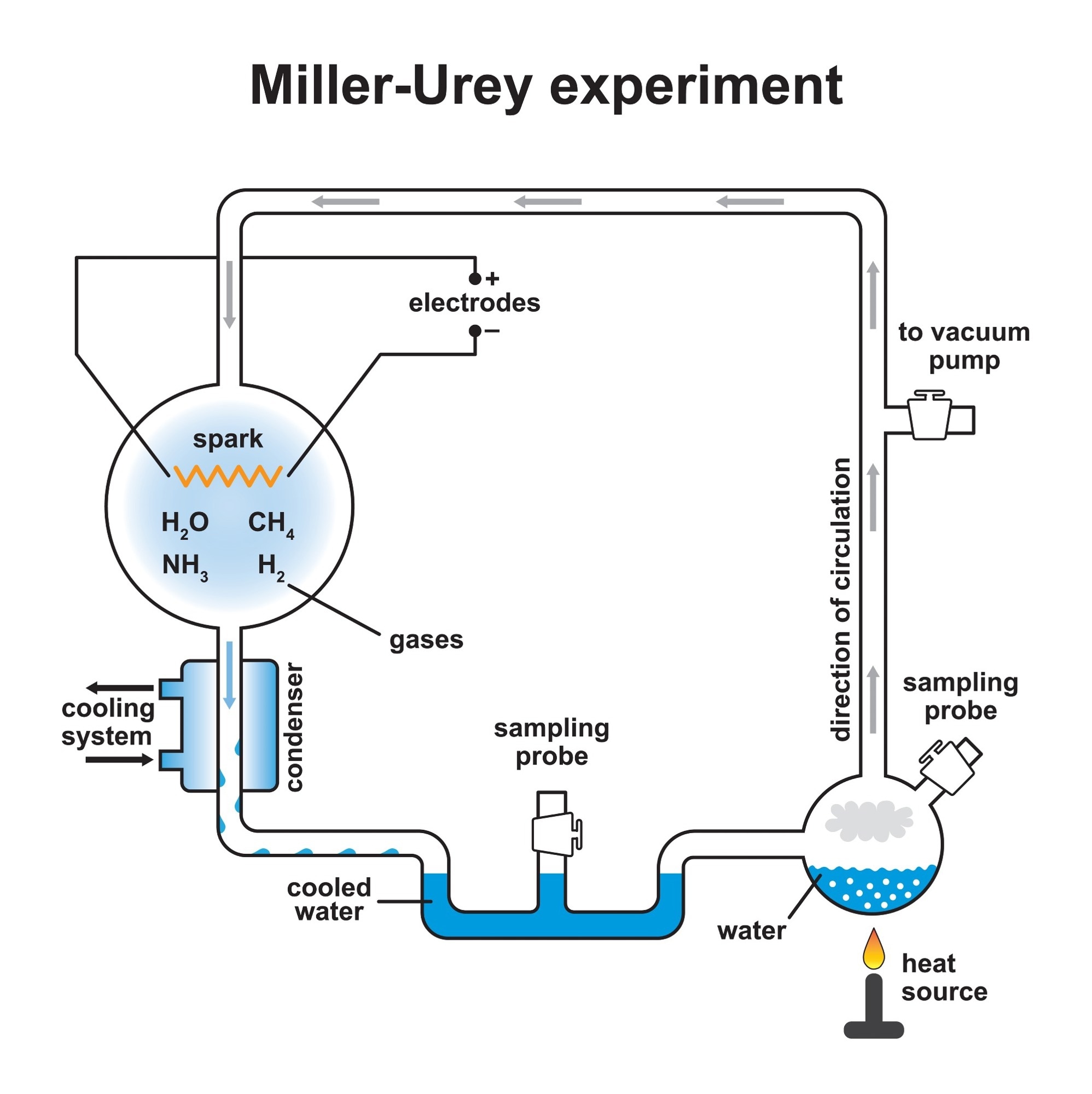Introduction
Overview
The Miller-Urey Experiment
Evidence for Early Lifeforms
In Summary
References
The history of life's evolution from the primordial soup is a long, complex, and winding one. Today, there is a staggering variety of living species, from the smallest bacteria or archaea to the largest trees and mammals. Life emerged billions of years ago, but what led to this is largely a mystery. This article will discuss the theory of abiogenesis, the idea that life emerged from non-living molecules.

Image Credit: Maximillian cabinet/Shutterstock.com
Overview
It is generally accepted that terrestrial life emerged approximately 3.5 billion years ago. The theory of abiogenesis posits that the first lifeforms which arose from the primordial soup were simple organisms that gradually became more complex throughout aeons.
Abiogenesis is different from the ancient theory of spontaneous generation, which posits that organisms arise from non-living matter spontaneously, for example, maggots being spontaneously generated by rotten meat. This hypothesis was disproved in the 19th century by experiments conducted by scientists, including Louis Pasteur.
Enzymes give organisms the ability to produce carbon-carbon bonds easily. However, this process requires a large energy input without enzymatic activity, which presents a fundamental problem: how did organisms produce the building blocks of biological molecules before enzymes? This problem was used to attempt to disprove evolution in the early days of evolutionary science.
Biogenesis is the derivation of life from reproduction. This was presumably preceded by abiogenesis, and once the Earth's atmosphere assumed its composition today, abiogenesis would have become impossible.
A significant milestone in the field came in the 1920s with the work of Haldane and Oparin, where they both theorized that organic molecules could arise in a reducing atmosphere and the presence of external energy sources. Their work formed the basis of subsequent studies on the theory of abiogenesis.
The Miller-Urey Experiment
Another crucial milestone in the theory of abiogenesis occurred in 1952 with the now-famous Miller-Urey experiment. Stanley Miller and Harold Urey proved how organic life could spontaneously arise from inorganic molecules in the conditions described by Haldane and Oparin.
In their experiment, Miller and Urey used a highly reducing atmosphere with a mixture of hydrogen, ammonia, methane, and water vapor. A mix of precursor molecules mimicking the primordial soup was subjected to substantial amounts of electricity for extended periods, with the samples analyzed after the experiments. Observations of the resulting mixture revealed that simple molecules had started to form the complex molecules required for life.
Since this initial experiment, several studies have used Miller and Urey's methodology to produce complex organic molecules, including proteins and RNA, further strengthening the evidence for abiogenesis. Some scientists, however, argue that the theory does not consider energy sources such as lightning or the amount of lightning in the primordial atmosphere.

Image Credit: Ali DM/Shutterstock.com
Evidence for Early Lifeforms
Some scientists have theorized that life first formed in the vicinity of deep-sea hydrothermal vents due to favorable conditions for generating organic molecules from inorganic ones. Fossilized micro-organisms have been discovered that appear to have inhabited hydrothermal vents soon after the oceans first formed in the Hadean eon.
Other evidence for early life has been found in many parts of the world, with biogenic graphite discovered in Greenland as old as 3.7 billion years. Banded iron formation rocks in Northern Quebec have indicated that early lifeforms may have existed up to 4.28 billion years ago, pushing back the generally accepted time of life's origins by nearly a billion years. Zircons found in Australia have provided evidence for life's existence 4.1 billion years ago.
Many scientists have introduced the idea of an RNA world, which posits that before the formation of DNA, which is found in most lifeforms on Earth, self-replicating RNA molecules were dominant. Elucidating how the transition to DNA, proteins, and complex organisms occurred is a key challenge in proving this theory. Some scientists have posited that even earlier life forms may have existed before this.
In Summary
The exact age of life on Earth is a contested subject in scientific circles. However old life is, it has become more accepted over the past few centuries that organic molecules and biological organisms arose from a complex and dynamic mixture of inorganic molecules.
The theory of abiogenesis has a long history, but studies such as the Urey-Miller experiment and subsequent genomic investigations to elucidate the last universal common ancestor of all life on Earth have revealed a rich story that continues to open new chapters in our understanding of the origins of life.
The theory of abiogenesis could even help with the search for extraterrestrial life, with one school of thought positing that the building blocks of life could have been delivered to the early Earth in comets and asteroids.
References:
Last Updated: Feb 1, 2023